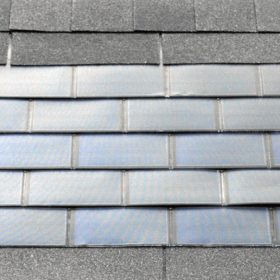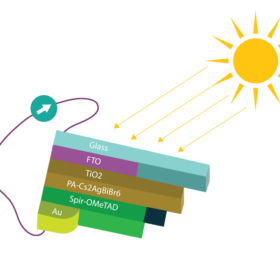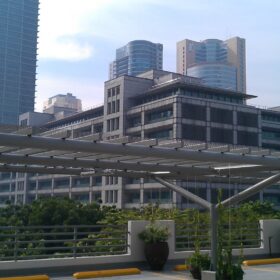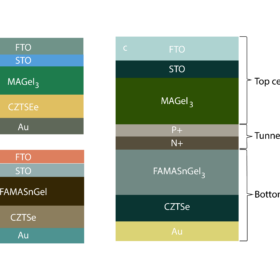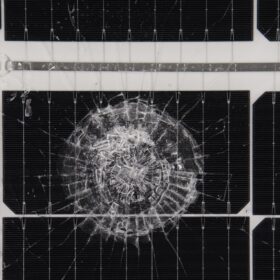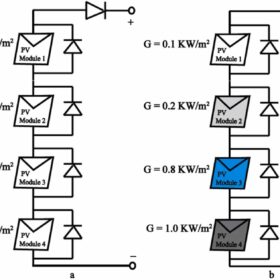Dynamic modeling for building-integrated photovoltaic-thermal systems
Researchers in the Middle East have conducted a series of simulations to assess the technical and economical feasibility of building-integrated photovoltaic-thermal systems. The proposed framework could apply to various building types and geographical locations.
The rise of Pakistan’s C&I solar business
High energy prices and levies are becoming strong drivers for commercial and industrial (C&I) solar projects in Pakistan. Omar Malik, the CEO of Pakistani C&I solar developer Shams Power, speaks with pv magazine about market trends and challenges.
Chinese power company to build 160 MW of solar in Bangladesh
The Bangladesh Power Development Board (BPDB) and China Huadian Corp. have agreed to install 160 MW of PV in Bangladesh. The solar facility will be deployed in an area that was originally designated to host a coal power plant.
New doping strategy increases lead-free perovskite solar cell efficiency
An international research group has developed a solar cell based on a lead-free perovskite material known as Cs2AgBiBr6. The cell’s absorber was doped with trans-polyacetylene, which reportedly helped the device to improve its efficiency by more than 20%.
ADB offers $121 million for 100 MW solar project in Bangladesh
The Asian Development Bank (ADB) says a new 100 MW solar project in Bangladesh will be the country’s first private sector utility-scale PV facility to secure ADB support.
Pakistan’s net-metering approvals hit 221.05 MW in fiscal 2022-23
Pakistan’s National Electric Power Regulatory Authority (NEPRA) approved 221.05 MW of net-metering capacity in fiscal year 2022-23, with a total of 1,596 net-metering licenses issued nationwide.
Tandem perovskite-perovskite solar cell integrating kesterite shows potential efficiency of 23.32%
The simulated tandem cell integrates a hole transport layer made of kesterite and lead-free perovskite materials. Its creators claim the combined device performs better than the individual cells it embeds.
The Hydrogen Stream: EU auction attracts 132 bids for 8.5 GW electrolyzer capacity
The European Hydrogen Bank’s pilot auction has drawn 132 bids, exceeding the available budget, while Australia has finalized an agreement to build a hydrogen hub.
Monocrystalline solar modules more resistant to hail than polycrystalline panels
Scientists from Pakistan, Qatar and Saudi Arabia have conceived a new experimental setup to conduct hail impact tests for photovoltaic modules. The first tests showed that monocrystalline panels lose less efficiency than their polycrystalline counterparts with the same number of busbars.
Novel MPPT technique based on Coronavirus algorithm
The proposed algorithm is intended for harvesting the maximal power in PV systems operating in varying weather scenarios. According to its creators, the new approach can be applied on a low-cost microcontroller.
